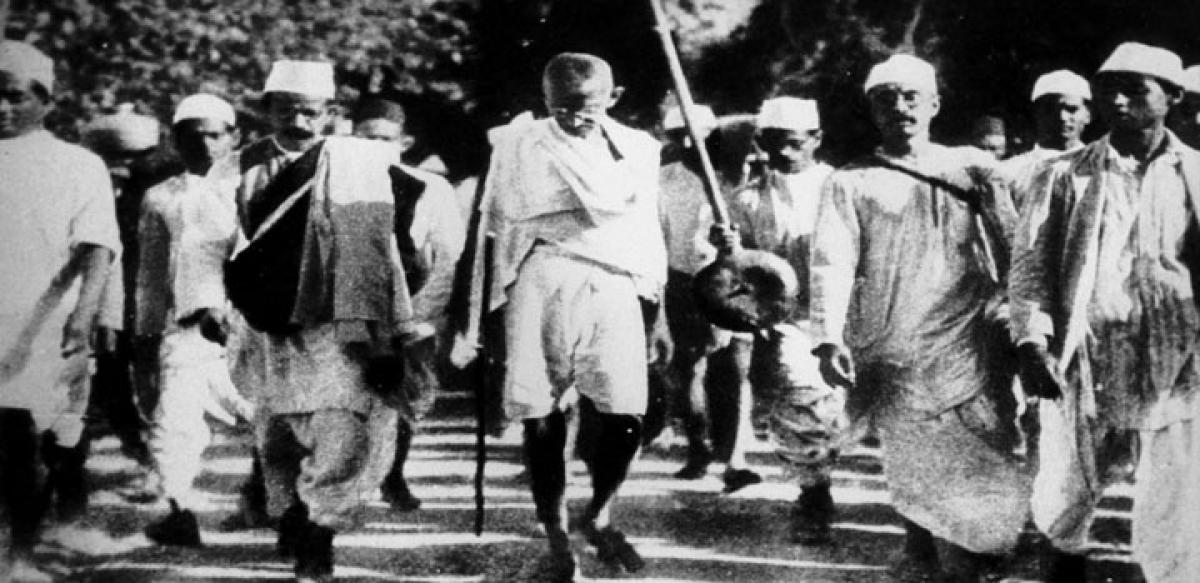
The Indian National Movement, which aimed at achieving independence from British rule, was fueled by several factors.
1.Three key reasons for INM
1. Economic Exploitation by the British:
Drain of Wealth: The British economic policies were designed to benefit Britain at the expense of India. The heavy taxation, exploitation of resources, and drain of wealth from India to Britain led to widespread poverty and economic distress among Indians.
Industrial Decline: Traditional Indian industries, such as textiles, faced severe competition from British manufactured goods, leading to their decline and the resultant unemployment and economic hardship for Indian artisans and workers.
2. Social and Cultural Revival:
Cultural Renaissance: The 19th century witnessed a cultural renaissance in India with the emergence of social reformers like Raja Ram Mohan Roy, Swami Vivekananda, and Dayananda Saraswati. They advocated for social reforms, education, and revival of Indian cultural pride, which fostered a sense of nationalism.
Western Education: The spread of Western education among Indians led to the rise of a new educated middle class. This class became aware of democratic ideals and rights and began to challenge British authority and demand self-governance.
3. Political Discontent and Nationalist Movements:
Repressive Policies: The repressive measures and racial discrimination practised by the British authorities created widespread resentment. Events such as the partition of Bengal in 1905, the Rowlatt Act, and the Jallianwala Bagh massacre intensified anti-British sentiments.
Formation of Indian National Congress: The establishment of the Indian National Congress (INC) in 1885 provided a platform for Indians to voice their grievances and demand political reforms. The INC played a crucial role in mobilising public opinion and organising nationalist activities.
These factors collectively contributed to the rise of the Indian National Movement, which ultimately led to India's independence in 1947.
